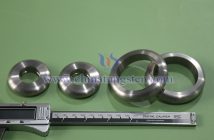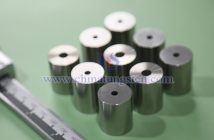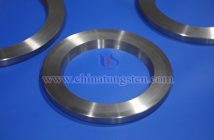Tungsten wire is widely used in the manufacture of electric heated glass due to its high melting point, low evaporation rate and excellent thermal properties. It is used as a heating element to achieve defog, defrost or insulation functions. Electric heated glass usually generates heat after power is turned on by embedding tungsten wire in laminated glass or coating conductive film on the surface of glass to achieve functions such as light transmission and insulation.
The environmental performance of tungsten wire in electric heated glass has two sides. Its high stability, non-toxicity and high efficiency make it excellent in energy saving and functionality, and it is particularly suitable for scenes requiring high safety and stability (such as automobiles and buildings). However, the scarcity of tungsten resources, energy consumption in the production process and difficulty in recycling limit its overall environmental performance. By optimizing the selection of raw materials, production processes and recycling systems, the environmental protection potential of tungsten wire heated glass can be further improved to help the development of green technology.
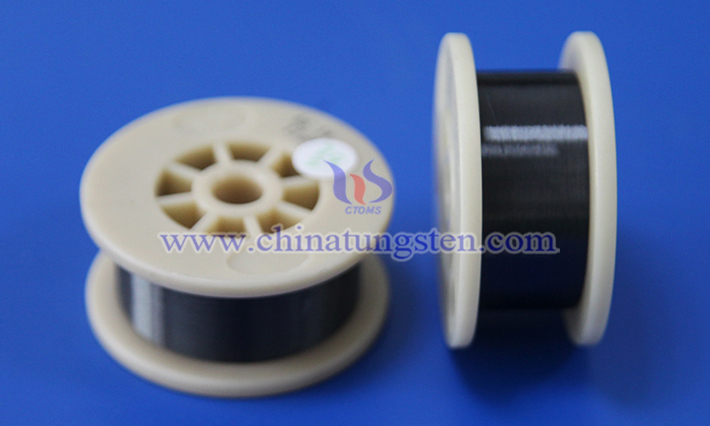
1. Material Properties and Environmental Impact of Tungsten Wire
High Melting Point and Stability: The melting point of tungsten wire is as high as 3422℃, the resistivity is 5.3×10?? Ω·m, and it has a low evaporation rate and excellent corrosion resistance. These characteristics enable it to operate stably in high temperature environments, reduce frequent replacement due to material degradation, and reduce resource consumption.
Resource Scarcity: Tungsten is a rare metal with limited global reserves. The mining and refining process consumes a lot of energy and may be accompanied by environmental pollution (such as mine wastewater and tailings treatment). Therefore, the environmental performance of tungsten wire is subject to certain restrictions in the raw material acquisition stage.
Non-Toxicity: Tungsten itself has stable chemical properties and is non-toxic and harmless. Compared with materials containing lead or arsenic, tungsten wire has less direct harm to the human body and the environment during production and use.
2. Environmental Performance During the Production Process
Manufacturing Process: Electric heating glass usually adopts a laminated process to embed tungsten wire into PVB (polyvinyl butyral) film or special film and compound it with tempered glass. During production, the cleanliness of the film and glass surface must be strictly controlled to avoid impurities and debonding problems, which requires a high-cleanliness production environment and high-quality raw materials.
Energy Consumption: Tungsten wire drawing, twisting, surface treatment (such as electrolytic polishing or alkali washing) and other processes require high temperature and chemical treatment, high energy consumption, and may produce waste liquid or waste gas.
Waste Management: Glass scratches, defective glass or film impurities that may be generated during production need to be properly handled. High-quality film selection and strict cleaning process can reduce waste, but increase production costs.
Improvement Potential: The use of energy-saving equipment, optimization of tungsten wire surface treatment process (such as reducing the use of chemical reagents) and improvement of production yield can effectively reduce energy consumption and waste emissions.
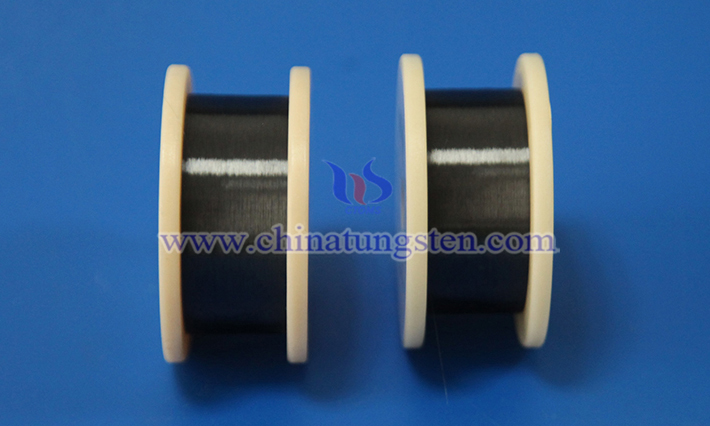
3. Environmental Performance in the Use Stage
Energy Efficiency: Electric heating glass is heated by tungsten wire, the surface temperature is controllable (36-60℃), the power consumption is low, it uses low voltage operation, and it is highly safe. Compared with traditional heating methods (such as infrared heaters), the heat of tungsten wire heated glass is more concentrated, reducing energy waste.
Functionality: Electric heated glass effectively prevents condensation and frost, keeps the field of vision clear, and is widely used in refrigerators, freezers, building doors and windows, car rear windshields and other fields. This not only improves energy efficiency (such as reducing the use of air conditioners or defrosting equipment), but also indirectly reduces carbon emissions.
UV Protection: Some electric heated glass has a high UV absorption capacity, which can block UV rays from entering the room, reduce damage to the human body and indoor facilities, and indirectly improve environmental friendliness.
Limitations: Tungsten heated glass is more expensive and has a lower penetration rate than conductive film heated glass, which may limit its wide application in the field of energy conservation and environmental protection.
4. Recycling
Recyclability: Tungsten has a high recycling value and can be reused through smelting and reprocessing. Glass and PVB film can also be recycled under certain conditions, but the composite structure of laminated glass increases the difficulty of separation, which may lead to higher recycling costs.
Waste Disposal: If waste electric heated glass is not properly recycled, it may increase the difficulty of handling due to the mixing of tungsten and film. PVB film may release volatile organic compounds (VOCs) during decomposition, and environmental impact needs to be controlled through professional recycling processes.
Improvement Direction: Developing a laminated glass structure that is easier to separate or using environmentally friendly film materials (such as bio-based films) can improve recycling efficiency and reduce environmental burden.
5. Comparison with Other Heating Technologies
Conductive Film Heating Glass: Conductive film (such as ITO film) is low in cost and easy to mass produce, but its heating uniformity is slightly inferior to tungsten wire, and conductive film materials (such as indium) also face the problem of scarce resources.
Infrared Heating: Infrared radiators can accurately control the heating area and have low energy consumption, but the equipment is complex and not suitable for all glass heating scenarios.
Comprehensive Evaluation: Tungsten wire heating glass has advantages in safety, stability and heating uniformity, but is slightly inferior to conductive film technology in resource consumption and production cost. Comprehensive environmental performance needs to be evaluated in combination with specific application scenarios.

